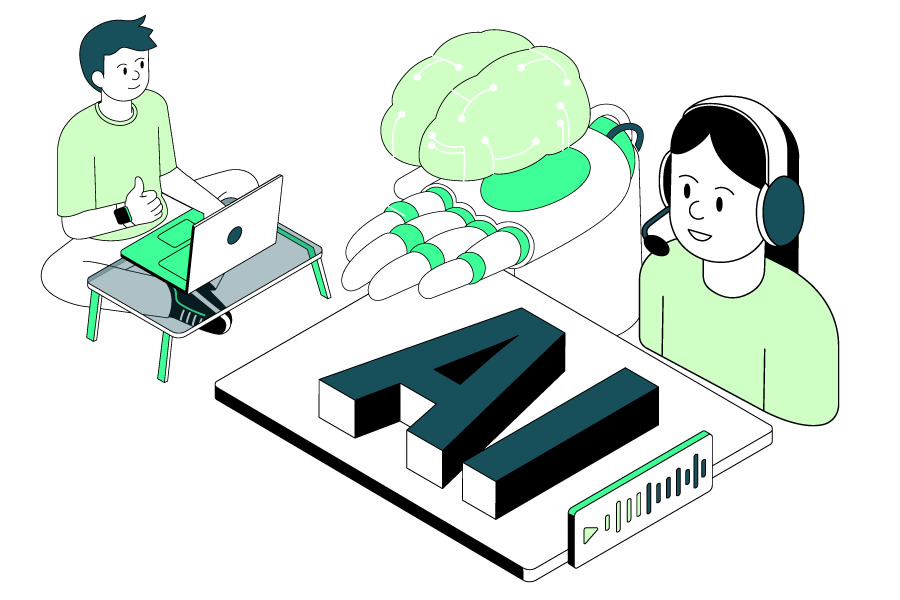By Jo Causon, CEO, The Institute of Customer Service
As we marked the one year anniversary of the UK entering lockdown this week, I found myself – along with the rest of the nation – reflecting on all we have experienced over this strange and challenging year. Looking back now, it’s hard to imagine the way things were before. The pandemic has upended nearly every aspect of our lives. As people, we have seen a transformation in the way we live and work – and as businesses, we have seen supply chains, operations and customer interaction shift in ways we could never have imagined. As we tentatively await the easing of lockdown measures – the question remains as to how things will look in our ‘new normal’.
For businesses, the past year has seen a near-constant state of ‘crisis mode’ – and left many leaders understandably war-weary. Yet now is not the time to lose the entrepreneurial spirit that has seen us this far. If we are to survive and create a better, more prosperous future post-crisis, we must start to look past the day-to-day operational challenges and really think about what we want from the future. The crisis has presented a real opportunity to do things differently, and I urge leaders to resist a knee-jerk reaction to the status quo – and instead think creatively about how we can take what we have learnt and use it to deliver better experiences for customers, staff and society as a whole.
One of the most obvious examples is in the way we approach the workspace. The implications of a full year working from home have left a permanent mark and there is no doubt that the concept of hybrid working will play a large role in effective business practices as we move forward. Yet for me, the notion of hybrid working needs to look beyond a simple one-dimensional view of home vs office. This year of flux has taught us a great deal about how individual employees work most effectively – and good leaders are already thinking about collaborative working arrangements, adjusted hours, local community hubs and more connected environments. In short – we need to think more creatively about how we can make the ‘world of work’ work better for both businesses and employees – and what that means for the service experience.
Creativity is required, too, in our approach to customer experience delivery. Most businesses have now firmly established digital service offerings in response to rising demand – but what of the other trends we have seen emerge over the course of the crisis? The past year has brought people closer together – and borne a greater desire to feel connected to the local community. Combined with an increased desire to ‘shop local’ – businesses and local authorities have an opportunity to rethink how they use traditional high streets to create vibrant local hubs. For example, this could involve repurposing local outlets into regional working hubs to provide employees with a close-to-home option for collaborative working. Further still, whilst many have adopted digital services, this has not entirely replaced the need for local branches, particularly for older and vulnerable customers. Businesses must really think about who they are serving and work to create solutions that work for all aspects of their customer base, whilst still operating effectively and profitably for the business as a whole.
For all of its challenges, the crisis has presented a unique opportunity to stop, reflect and build back better. In thinking creatively, continuing to drive innovation and avoiding a return to the status quo, I believe we can shape a better future that works effectively for businesses, customers and employees.



